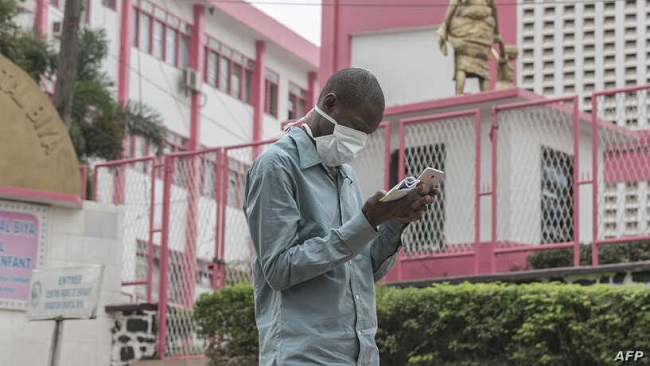Study shows surprising increase in wealth in South Africa
South African households’ real net wealth increased by an estimated R1 trillion from the onset of the second quarter of 2020 (Q2 2020) to the end of the year (Q4 2020).

South African households’ real net wealth increased by an estimated R1 trillion from the onset of the second quarter of 2020 (Q2 2020) to the end of the year (Q4 2020).
This was a key finding in the latest Momentum-Unisa Household Wealth report, which shows that household wealth recovered despite Covid-19, the lockdown, job losses, and an economic contraction.
This recovery follows an estimated decline of R772.8 billion during the first quarter of 2020 that resulted from the introduction of lockdowns in many countries – including South Africa – to limit the spread of Covid-19.
Momentum-Unisa said that the real value (expressed in 2010-prices) of household net wealth increased to R7.7 trillion by the end of the fourth quarter of 2020. This is R236.3 billion higher than a year before.
The increase in household net wealth was even more spectacular when measured in nominal terms (current prices). It is estimated that household net wealth increased by R1.95 trillion from the end of Q1 2020 to the end of Q4 2020.
Unisa said that the huge increase in household net wealth can mainly be ascribed to strong growth in the value of financial assets such as shares and bonds.
It added that households’ pension funds and financial investments benefitted immensely from the increases in these financial instruments.
“The real value of households’ net wealth fluctuated during the year. It declined sharply during the second half of March 2020 when Covid-19 started spreading across the world and governments responded with lockdowns.
“This caused the value of all types of assets to decline. The decrease was, however, more pronounced in the value of financial assets.”
Momentum said that the recovery in asset values started in April 2020, stagnated in Q3 2020, and accelerated again in Q4 2020.
“At the same time, the outstanding values of household debt declined in Q2 2020 as households’ repayment of debts exceeded the uptake of new credit. However, there was a steady increase in the extension of new credit to households from Q3 2020 onward.”
The researchers said early indications are that the real value of household wealth should increase further in Q1 2021.
Continued liquidity injected into financial markets and a stronger underlying economy should support financial assets. At the same time, unsecured debts seem to increase at a slow pace.
What makes someone wealthy?
As is the case in most countries, household wealth in South Africa is more unequally distributed than household income. In the case of South Africa, the distribution of household net wealth is highly unequal.
The Momentum-Unisa Household Finance database revealed that the top 2% of households owned just about 50% of South African household net wealth just before Covid-19 and lockdown. The top 10% owned 75.5% of household net wealth.
By comparison, the bottom 16% had a negative net wealth position, meaning what they owe in debts exceeds what they own in assets.
Although the next 41% of households had a zero to positive net wealth position, the combined position of the bottom 57% (bottom 16% and next 41%) show that they cumulatively owned 0% of household net wealth.
However, analysis of the wealthiest households revealed that many of them do not form part of the top income-earning groups.
They were average income earners, while several of the households in the higher income groups have negative net wealth positions – meaning that their debts exceeded their assets.
“This, again, confirmed that earning a high income is not a guarantee for a high net wealth position. It is what you do with your income that plays a defining role in wealth creation,” the researchers said.
Further analysis from the Momentum-Unisa Household Finance Database identified a few common traits among the wealthiest 10% of households.
They accumulated savings in retirement funds and other financial instruments such as shares and unit trusts, while their debts were affordable.
The wealthiest 1% to 2% of households also owned high-value properties in addition to large financial assets.















































































































